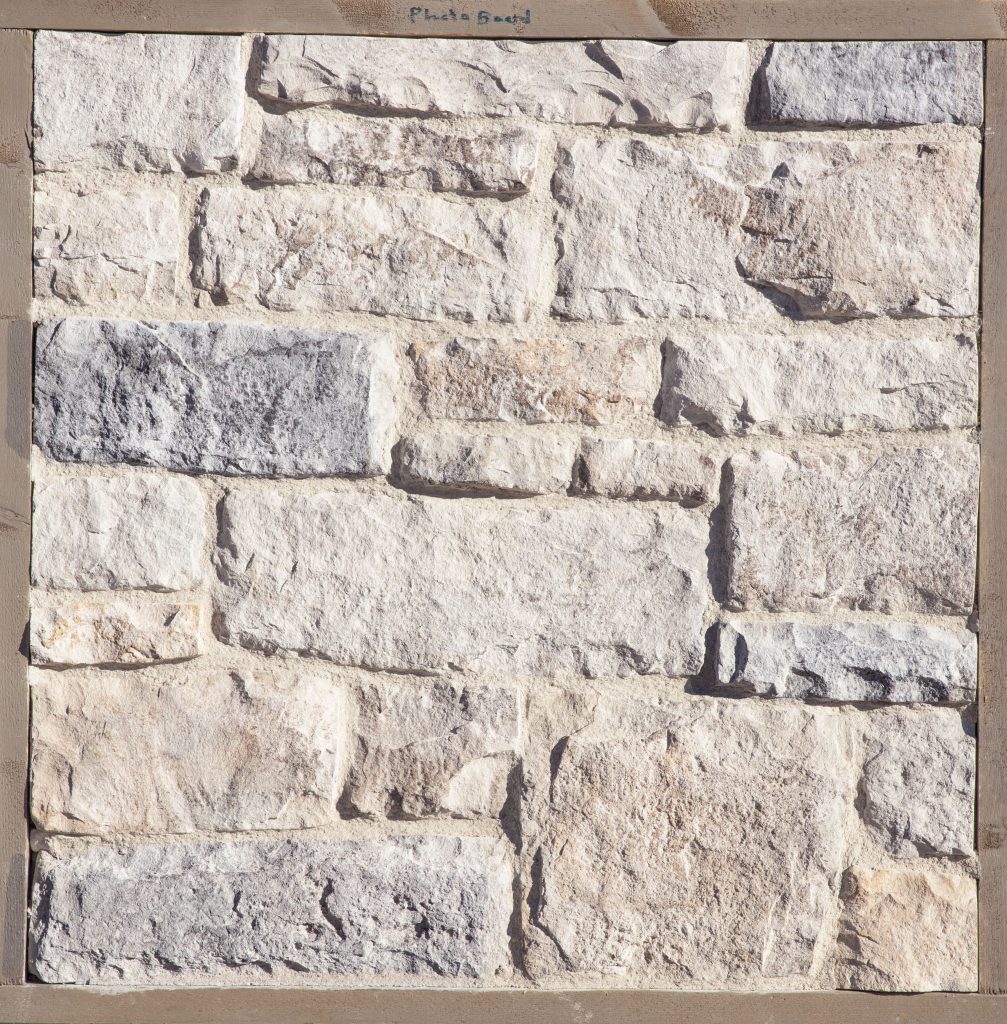Reviving Limestone Masterpiece - Techniques For Restoration And Conservation
Limestone has been a favored material for sculptures, architectural details, and other works of art for centuries. Over time, however, these limestone masterpieces can suffer from wear, weathering, and damage. Restoring and reviving limestone masterpiece requires careful consideration, expertise, and adherence to proper techniques.
Author:George EvansMay 29, 202337.3K Shares498.3K Views

Limestone has been a favored material for sculptures, architectural details, and other works of art for centuries. Over time, however, these limestone masterpieces can suffer from wear, weathering, and damage. Restoring and reviving limestone masterpiecerequires careful consideration, expertise, and adherence to proper techniques.
Importance Of Proper Conservation For Limestone Artworks
Preserving Historical And Cultural Significance
Limestone artworks often hold significant historical, cultural, and artistic value. They provide insights into the craftsmanship, techniques, and aesthetics of past civilizations. Proper conservation safeguards these valuable artifacts, ensuring that future generations can appreciate and learn from them. By preserving limestone artworks, we maintain a connection to our shared cultural heritage.
Retaining Aesthetic And Artistic Integrity
Limestone artworks possess unique textures, colors, and surface finishes that contribute to their aesthetic appeal. Over time, these features may deteriorate due to environmental factors, pollutants, or improper handling.
Conservation efforts aim to retain the original aesthetic and artistic integrity of the artwork by addressing issues such as surface erosion, discoloration, or damage. This allows viewers to experience the artwork as intended by the artist and appreciate its beauty.
Preventing Further Deterioration
Limestone is a porous material that can be vulnerable to environmental factors such as moisture, temperature fluctuations, pollution, and biological growth. These factors can accelerate the deterioration of limestone artworks, leading to surface erosion, cracking, spalling, or loss of details.
Proper conservation practices, including regular inspection, cleaning, and preventive measures, help mitigate these risks and prevent further damage. By intervening at an early stage, conservators can address small issues before they escalate, ensuring the long-term preservation of the artwork.
Enhancing Structural Stability
Structural stability is vital for the preservation of limestone artworks. Over time, factors such as weathering, vibrations, or improper handling can lead to structural weaknesses, cracks, or detachments.
Conservation efforts focus on reinforcing the structural stability of limestone artworks through techniques such as consolidation, repair, or stabilization. These measures ensure that the artwork can withstand external forces and continue to be displayed or exhibited safely.
Guided Cleaning And Maintenance
Regular cleaning and maintenance are essential for the preservation of limestone artworks. However, improper cleaning methods or the use of harsh chemicals can cause irreversible damage to the surface of the artwork.
Proper conservation practices provide guidance on suitable cleaning techniques, materials, and tools to safely remove dirt, grime, or biological growth without harming the limestone. This ensures that the cleaning process does not compromise the artwork's integrity or alter its original appearance.
Monitoring Environmental Conditions
Environmental conditions play a significant role in the deterioration of limestone artworks. Factors such as temperature, humidity, light exposure, and air quality can have adverse effects on the artwork's stability and preservation. Conservation efforts include monitoring and controlling these environmental conditions to create a stable and protective display environment.
This may involve implementing climate control systems, using UV filters on display cases, or minimizing exposure to direct sunlight. By maintaining stable environmental conditions, conservators can slow down the rate of deterioration and prolong the artwork's lifespan.
Professional Expertise And Documentation
Proper conservation of limestone artworks requires specialized knowledge, expertise, and experience. Conservation professionals possess the skills and understanding of the unique properties of limestone, historical contexts, and appropriate conservation techniques.
They conduct thorough assessments, document the condition of the artwork, and develop conservation plans tailored to the specific needs of each artwork. Professional conservation ensures that the best practices are followed, and the artwork is treated with care and respect.
Methods And Techniques For Reviving Limestone Masterpieces
Now, we will explore various methods and approaches used in reviving limestone masterpiece to its former glory.
Assessment And Documentation
Before beginning any restoration work, it is crucial to thoroughly assess the condition of the limestone masterpiece. This involves documenting its current state, including visible damage, structural issues, and any previous repairs.
Detailed photographs and written descriptions can help in developing a comprehensive restoration plan and serve as a reference point throughout the process.
Cleaning And Surface Preparation
The first step in reviving a limestone masterpiece is thorough cleaning. This process aims to remove dirt, grime, biological growth, and other contaminants that have accumulated over time. However, it is essential to employ gentle cleaning methods that will not cause further damage to the limestone surface.
Techniques such as low-pressure water cleaning, mild detergent solutions, or specialized cleaning products formulated for limestone can be used. Care should be taken to avoid abrasive cleaning methods that can erode the surface or alter the original texture.
Repairing Structural Damage
Limestone artworks may develop cracks, chips, or other structural issues over time. Repairing these damages requires a delicate touch to ensure the artwork's integrity is preserved.
Depending on the severity of the damage, restoration experts may employ various techniques such as injection grouting, structural consolidation, or the use of compatible stone fillers to rebuild missing parts. It is crucial to use materials that are compatible with limestone and consider the historical and artistic significance of the artwork during the repair process.
Consolidation And Stabilization
Limestone is a porous material that can be prone to deterioration due to weathering, pollution, or biological activity. To strengthen the limestone surface and prevent further decay, a process called consolidation is often employed.
This involves applying a consolidant solution that penetrates the porous structure of the limestone, reinforcing its strength and stability. The selection of an appropriate consolidant depends on factors such as the type of limestone, the extent of deterioration, and the intended lifespan of the artwork.
Surface Finishing And Protection
Once the cleaning, repair, and consolidation processes are complete, attention can be turned to the surface finishing and protection of the limestone masterpiece.
This may involve various techniques, such as applying protective coatings or waxes to enhance the color, texture, and durability of the artwork. However, it is crucial to choose materials that are compatible with limestone and will not adversely affect its appearance or long-term preservation.
Regular Maintenance And Monitoring
After the restoration process, ongoing maintenance and monitoring are essential to ensure the longevity of the limestone masterpiece. Regular inspection and cleaning can help identify and address any new signs of deterioration or damage.
Additionally, monitoring environmental conditions, such as humidity levels, temperature fluctuations, and exposure to pollutants, can help mitigate potential risks and implement preventive measures to safeguard the artwork.
Consultation With Experts
Reviving a limestone masterpiece requires specialized knowledge and expertise. It is advisable to consult with professional conservators, restoration specialists, or art historians who have experience working with limestone artworks.
Their expertise will ensure that the restoration process follows best practices, respects the artistic integrity of the piece, and preserves its historical and cultural significance.
People Also Ask
How Can I Revive A Limestone Masterpiece?
Reviving a limestone masterpiece involves thorough assessment, cleaning, repairing structural damage, consolidation, surface finishing, and regular maintenance. It is recommended to consult with experts for professional guidance.
What Are The Common Issues Faced When Reviving Limestone Artworks?
Common issues when reviving limestone artworks include dirt and grime buildup, cracks and chips, weathering and deterioration, and the need for surface protection and stabilization.
How Do I Clean A Limestone Masterpiece?
Cleaning a limestone masterpiece requires gentle techniques such as low-pressure water cleaning, mild detergent solutions, or specialized cleaning products formulated for limestone. Abrasive methods should be avoided to prevent surface damage.
Can I Repair Structural Damage On A Limestone Artwork?
Yes, structural damage on limestone artworks can be repaired using techniques such as injection grouting, structural consolidation, or the use of compatible stone fillers. It is important to use materials that are compatible with limestone and consider the artwork's historical significance.
Why Is Ongoing Maintenance Important For Limestone Masterpieces?
Ongoing maintenance is crucial to ensure the longevity of limestone masterpieces. Regular inspection, cleaning, and monitoring of environmental conditions help identify and address new signs of deterioration, maintaining the artwork's preservation and aesthetic quality.
Conclusion
Reviving limestone masterpiece requires a delicate balance between restoration and preservation. Through careful assessment, cleaning, repair, consolidation, surface finishing, and ongoing maintenance, it is possible to bring a weathered or damaged limestone artwork back to its original splendor.
Consulting with experts and adhering to proper techniques will ensure that the process is carried out with the utmost care and respect for the artwork's historical and artistic value.

George Evans
Author
George Anderson, an exceptional architectural designer, envisions and brings to life structures that transcend the realm of imagination. With an unwavering passion for design and an innate eye for detail, George seamlessly blends form and function, creating immersive spaces that inspire awe.
Driven by a deep appreciation for the interplay of space, light, and materials, George's innovative approach redefines the possibilities of architectural design. His visionary compositions leave an indelible mark, evoking a sense of wonder and transforming the built environment.
George Anderson's transformative designs and unwavering dedication continue to shape the architectural landscape, pushing the boundaries of what is possible and inspiring generations to come.
Latest Articles
Popular Articles
